In a groundbreaking study, scientists have successfully integrated artificial intelligence (AI) with the nervous systems of millimeter-long worms, creating an innovative symbiosis between machine and biology. This experiment, which involves guiding the worms to food, not only demonstrates the potential of AI in neuroscience but also opens new possibilities for future brain-machine interfaces. The study, published in Nature Machine Intelligence, is a testament to the rapid advancements in AI and its applications in understanding and manipulating biological systems.
Harnessing AI to Control Biological Systems
The research team used a deep-reinforcement learning methodology to train an AI agent. Deep-reinforcement learning, a technique that has been instrumental in teaching AI to master complex games like Go, was applied here to a biological setting. An artificial neural network, designed to mimic the functions of a biological brain, was employed to analyze sequences of actions and outcomes. This process allowed the AI agent to develop strategies for interacting with its environment in this case, guiding the worms towards a source of food.
The experiment was conducted on one-millimeter-long worms of the species Caenorhabditis elegans, a model organism frequently used in biological research due to its simplicity and well-mapped nervous system. The goal was to guide these worms toward patches of *Escherichia coli* bacteria, their preferred food, in a controlled environment.
The Experiment: AI, Worms, and Light
To achieve this, the worms were placed in a four-centimeter dish, and their movements were monitored by a nearby camera. This camera tracked the position and orientation of each worm's head and body, feeding this data to the AI agent at a rate of three updates per second. The AI agent had access to the past and present states of the worms, enabling it to make informed decisions about their movements.
Crucially, the worms were genetically engineered to respond to light—certain neurons in their bodies could be activated or deactivated using light, thanks to a technique called optogenetics. This allowed the AI agent to control the worms’ movements by toggling the light on and off.
The researchers tested six different genetic lines of worms, each with varying numbers of light-sensitive neurons ranging from one to all 302 neurons in the worm's nervous system. The AI agent was trained by observing the worms' responses to random light flashes for five hours, gathering data on how different neuron activations affected the worms' movements.
Results: AI and Worms Working Together
The results were remarkable. In five out of the six genetic lines, including the one where all neurons were light-sensitive, the AI agent was able to guide the worms to the target faster than they would have moved on their own or if the light flashes had been random. Even more intriguing was the observed cooperation between the AI and the worms. When the AI directed a worm toward a target, the worm was able to navigate around small obstacles autonomously, suggesting a level of collaboration between the AI's guidance and the worm's natural behavior.
This experiment underscores the potential of AI in directing biological systems and hints at the possibilities for future applications. T. Thang Vo-Doan, an engineer from the University of Queensland who specializes in cyborg insects, praised the simplicity and effectiveness of the setup, noting that reinforcement learning's flexibility allows AI to master complex tasks.
Future Implications: Beyond Worms
The implications of this research extend far beyond guiding worms. Chenguang Li, the study’s lead author and a biophysicist at Harvard University, believes that this approach could be applied to more complex neurological problems. Her team is currently investigating whether their method could enhance deep-brain stimulation techniques used to treat Parkinson’s disease in humans. By fine-tuning the timing and voltage of electrical impulses, they hope to achieve more precise control over brain activity.
This fusion of reinforcement learning and neural manipulation could potentially lead to the development of new skills in humans through brain-machine interfaces. The prospect of artificial and biological neural networks working in harmony could revolutionize medicine, cognitive science, and our understanding of the brain.
Conclusion
This study represents a significant step forward in the integration of AI with biological systems. By successfully guiding worms through a simple setup using deep-reinforcement learning, scientists have demonstrated the potential for AI to collaborate with living organisms in unprecedented ways. As research progresses, the techniques developed here could lead to major advancements in treating neurological disorders and enhancing human capabilities, heralding a new era of brain-machine collaboration.


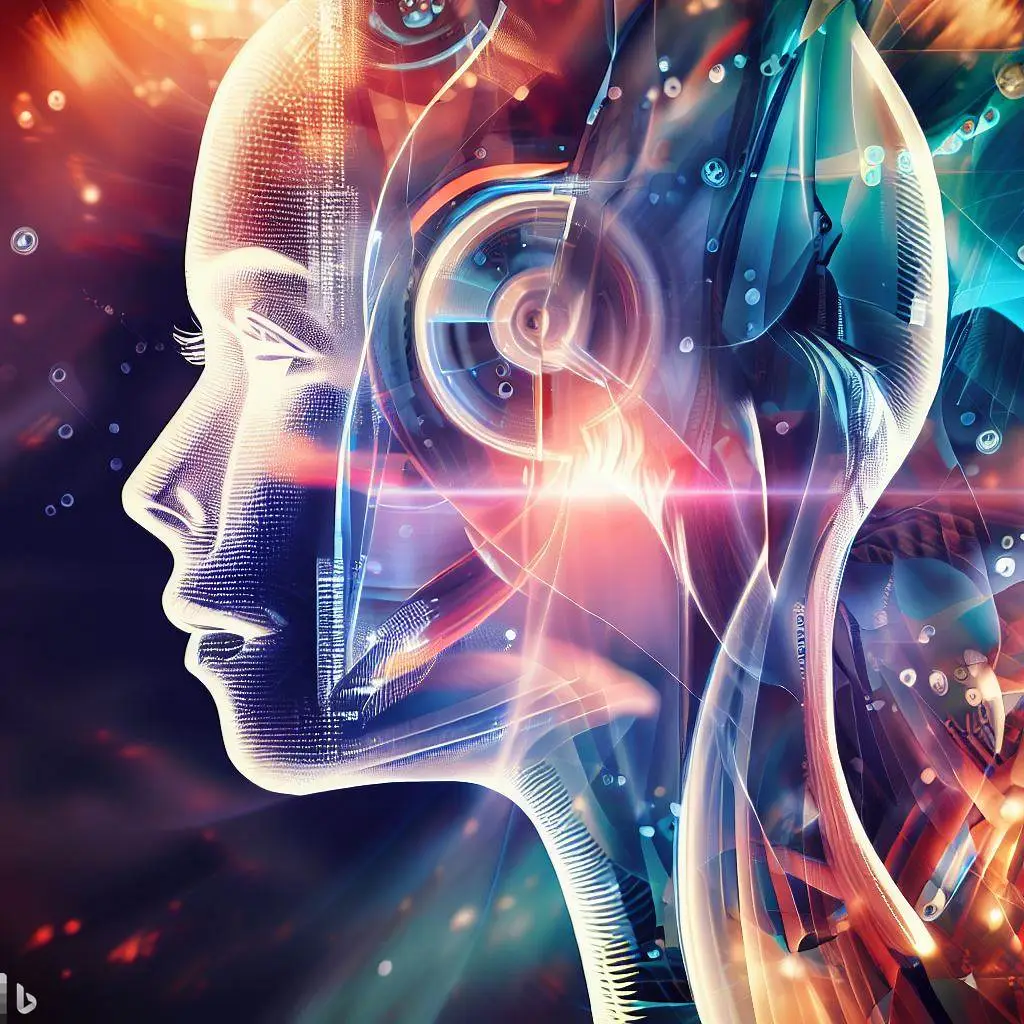
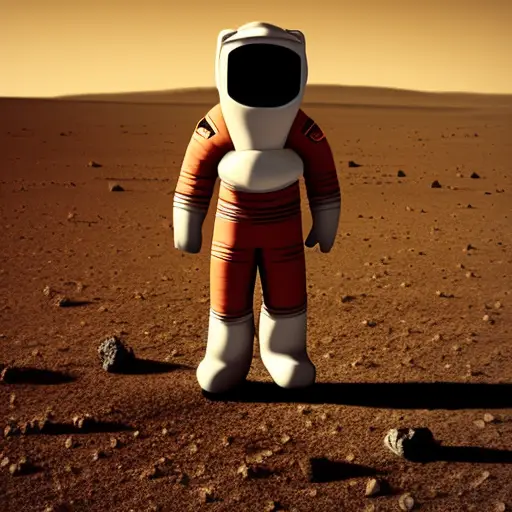
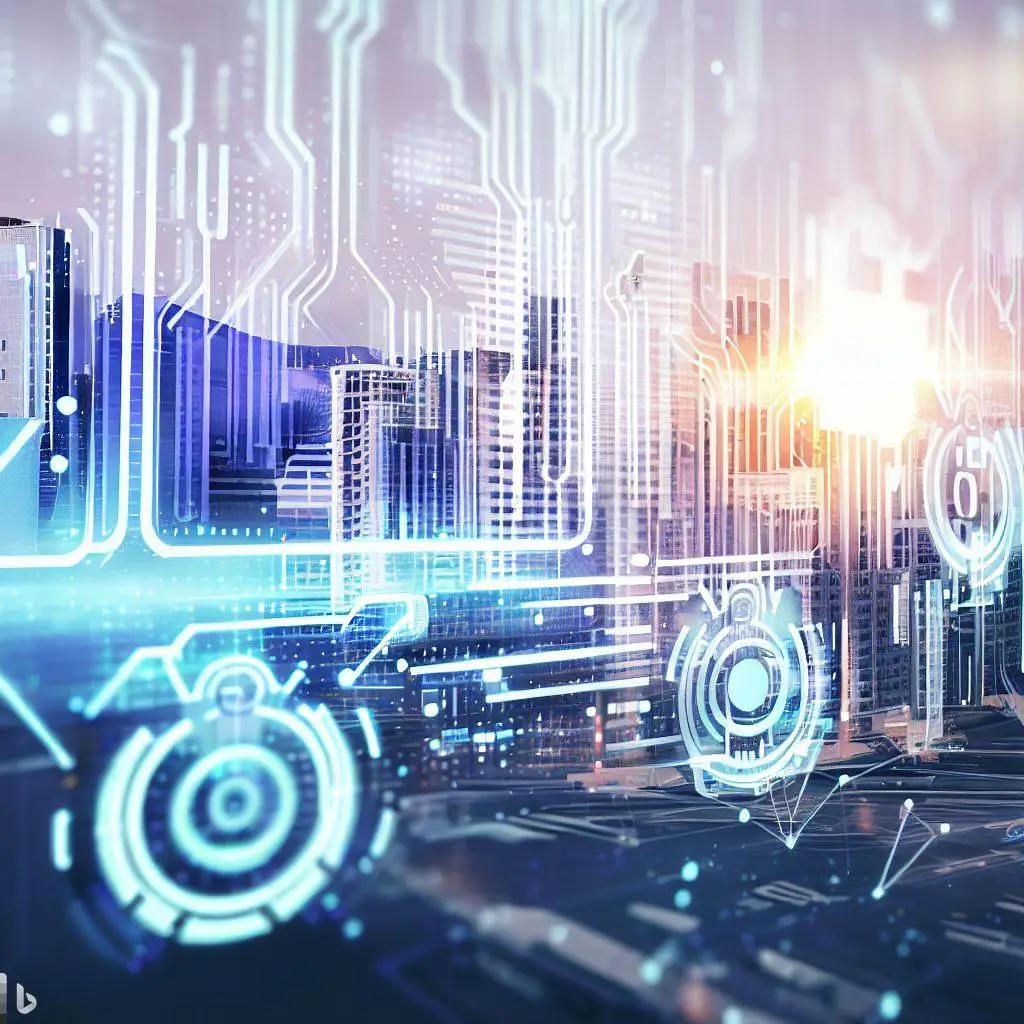
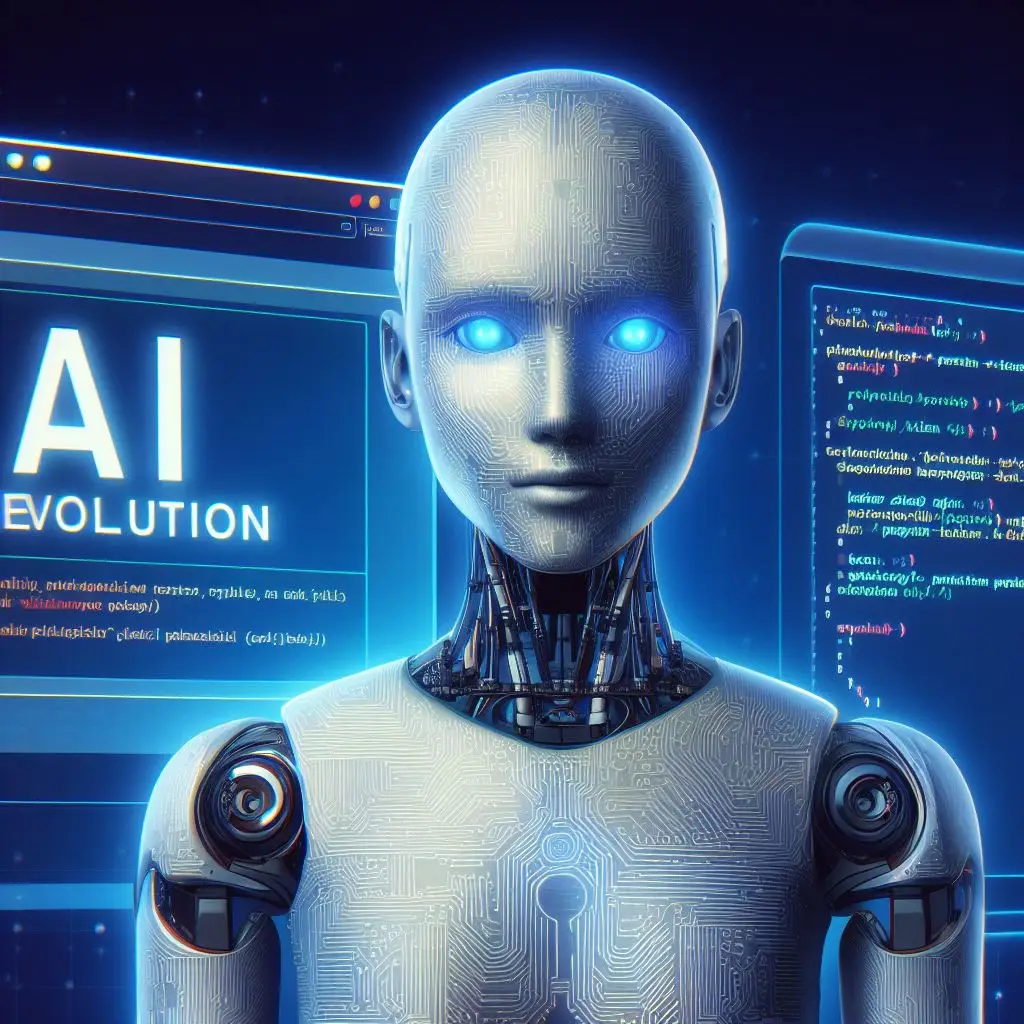
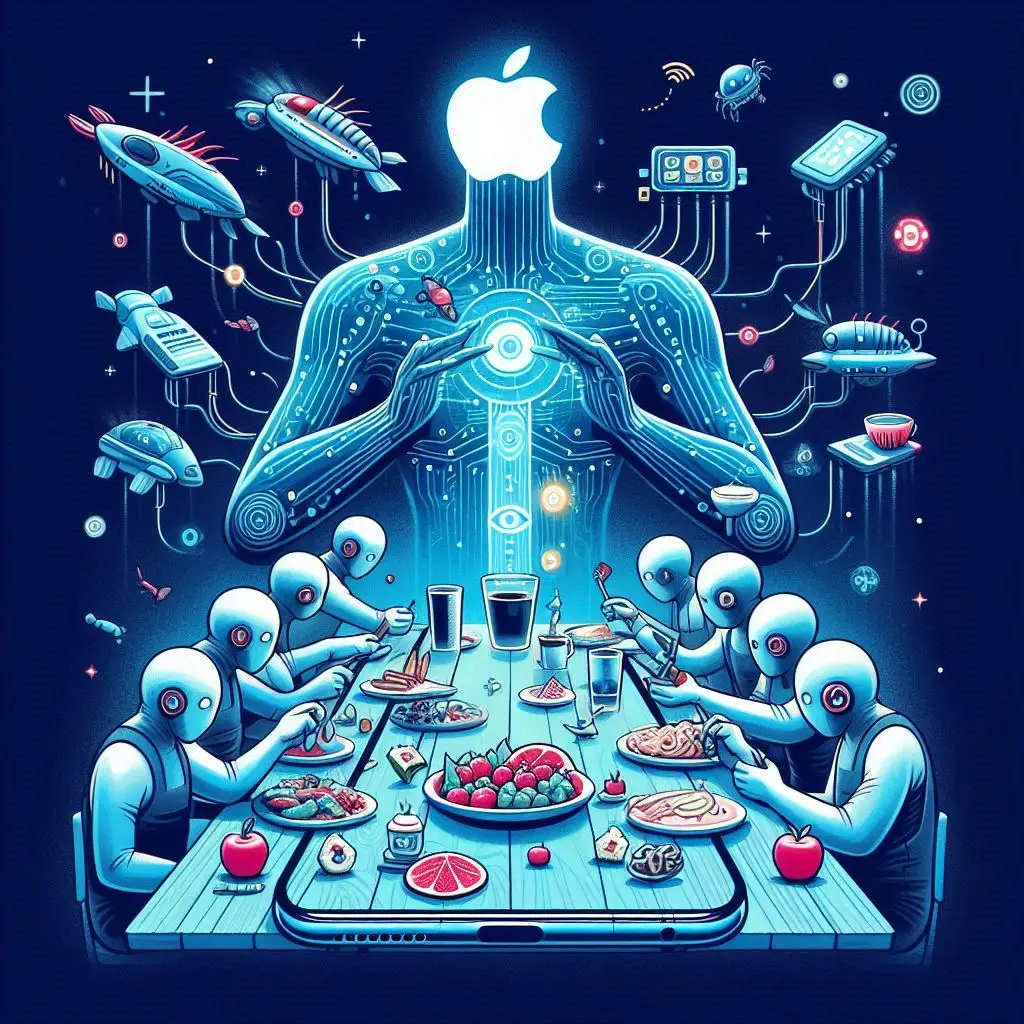


Add a Comment: